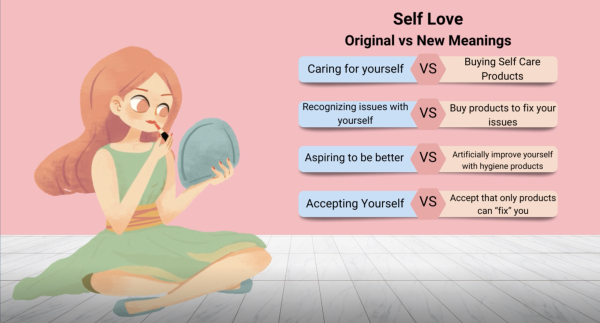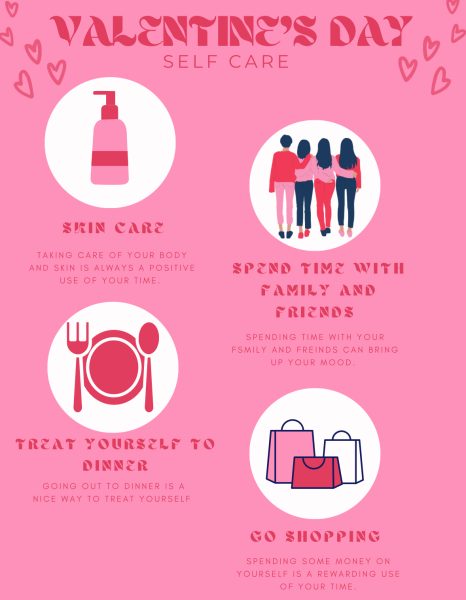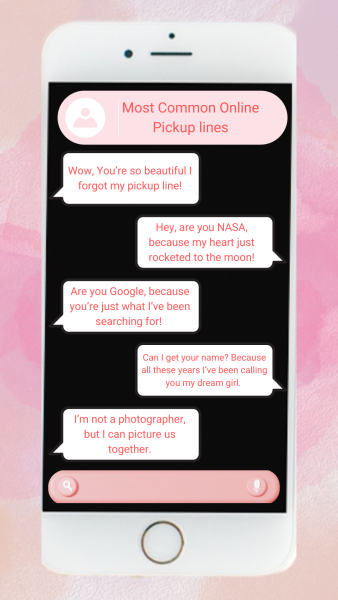Don’t stop the flow, period
October 18, 2017
Women in America choose their feminine products based on what works best for them and what they feel comfortable with. While half of our population as women know this feeling, the necessities to women in their basic human function is priced and taxed as a luxury.
Girls every month and ‘’the average women’’ in America ages 13 to 51 will menstruate up to three to seven days. This averages out to about 456 periods in a woman’s life. While it is natural, it is excessive and not something anyone would look forward too. On average, women spend about 2,280 days on their period, that’s 6 years of her life. One of the most common reasons women don’t see a period as a fun thing, is because of the cost of all the period products they must buy. Why do women have to pay so much for the necessary feminine products they need?
The average amount of money a woman spends buying tampons in her life is an estimated $1,773.33 and for pads its $443.33 at a local drug store. This is the amount of money women are automatically expected to pay due to something they cannot control.
If women in the US didn’t have to pay for those products they could be putting that money toward something else, like school, food, saving up for trips or bills.
In different states, they have their own tax or no tax at all on feminine products, like in Alaska, Delaware, Montana, New Hampshire, and Oregon don’t have state sales tax at all. But this year nine other states exempted tax on feminine hygiene products, with this woman can save a little bit more money each month. Why can’t the rest of the states in the US do this? Though pads and tampons are the main supplies that women are buying, this hasn’t included the cost of the remedies for the other symptoms that come along with a period.
In the US 28% or 10.2 million women are using birth control. Women are paying an average of $25 a month for birth control for 456 periods in one life time, which comes up to be $11,400. Let’s not forget other necessities women need like, heating pads, candy, and common pain killers. Those things may seem small and not a lot but it can add up.
Some of the solutions to this problem could be to start speaking out more about the situation, like protest. If we can shed some light on about is more people, mostly women are willing to join in. There are programs out there that are trying to draw attention to this and are helping women out, like Help Women Period. They are a community program that helps out low income families get the money they need get the feminine hygiene products they need because welfare programs don’t pay for those necessities.
If we are even able to exempt tax on products that would be one step closer to our goal.




